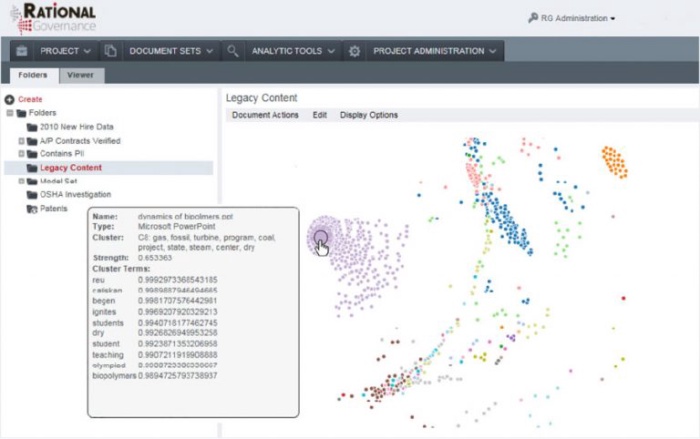Information Governance Platform
Gain visibility into and control over information across the enterprise. The complete solution to understand and manage unstructured data in place and in real-time – whether to control risk, improve operational efficiency, or expand enterprise knowledge.

Information Governance
Our Ediscovery Platform
Analyze, review, and produce data. The cloud-optimized litigation repository to navigate the discovery process efficiently and cost-effectively, with a dedicated client services team to back it up.
eDiscovery
Service that’s just as outstanding as our software.
Information Governance and eDiscovery projects can become complex quickly. With more than 15 years of industry experience and a focus on project management, we can help solve your data problems.
Get in touchOur Customers
Great Digital Experiences are Built from the Code Up
At Rational Enterprise, our proprietary software is created to ensure usability for lawyers and information specialists alike. And, our pricing is simple, predictable, and can be tailored to suit your budgetary needs. Don’t pay resellers marked-up licensing costs and fees any more.
See how we can help